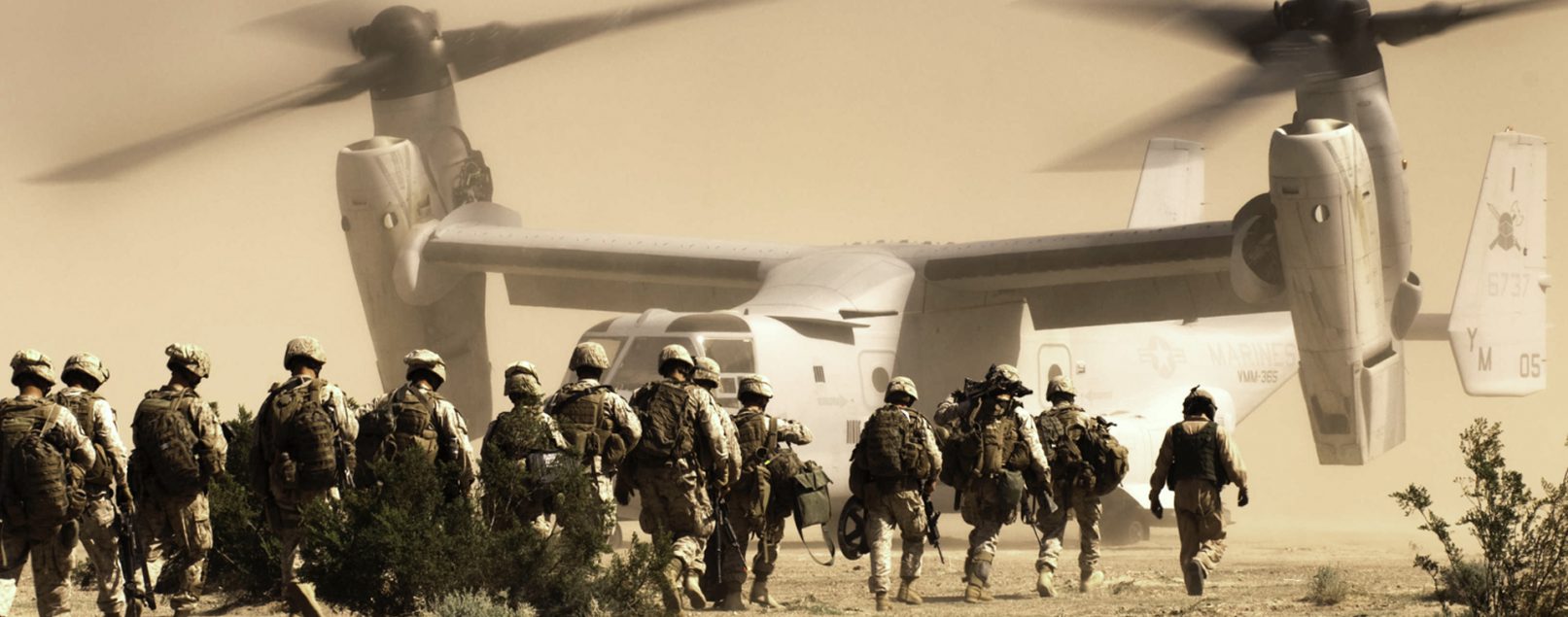Opening the Loop
A look inside the mind of John BoydDetermined that the FWS' tactics program not languish after his departure, he decided to develop and codify his own manual on fighter tactics.8 The resulting Aerial Attack Study was such a thorough piece of work that no significant contributions have been made to fighter tactics since its
Read More



